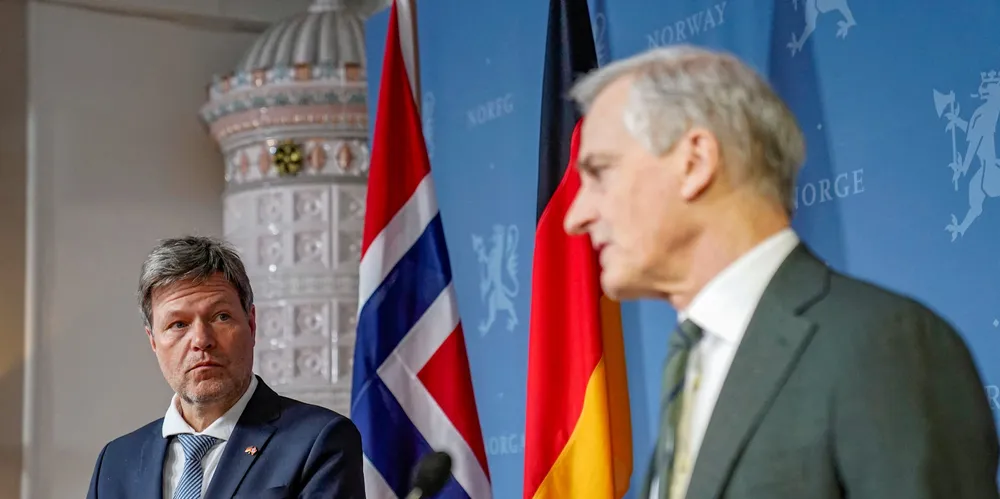'Like sci-fi' | Norway-Germany hydrogen pipeline eyes North Sea wind as RWE and Equinor seal pact
Pipeline would as soon as 2030 transport blue H2 from Norwegian gas fields and later green hydrogen from adjacent wind farms

Pipeline would as soon as 2030 transport blue H2 from Norwegian gas fields and later green hydrogen from adjacent wind farms
